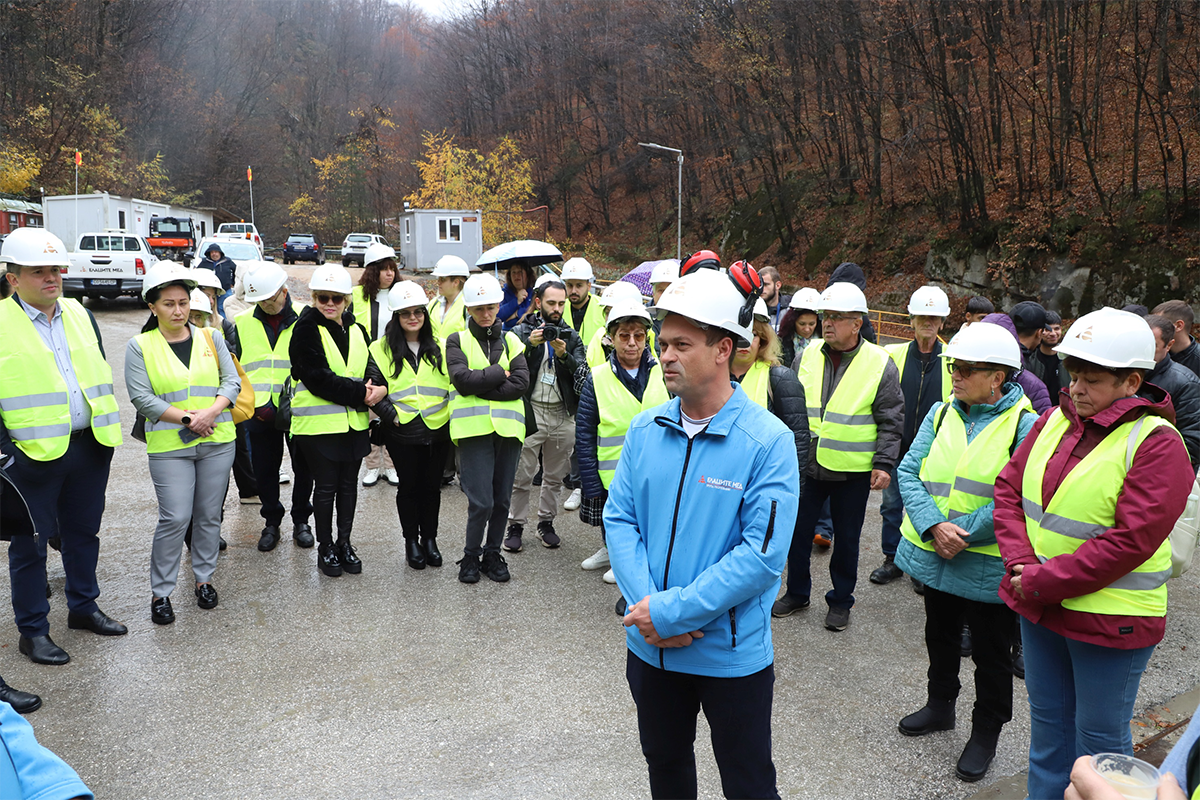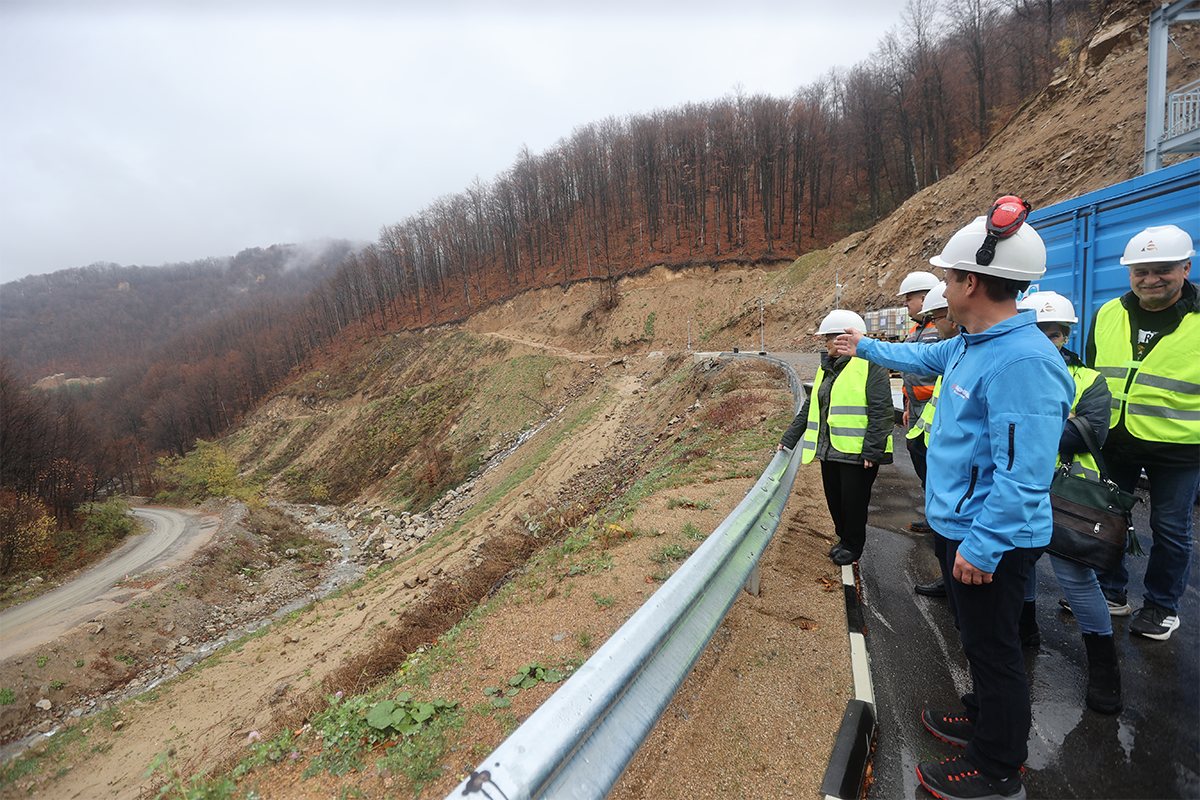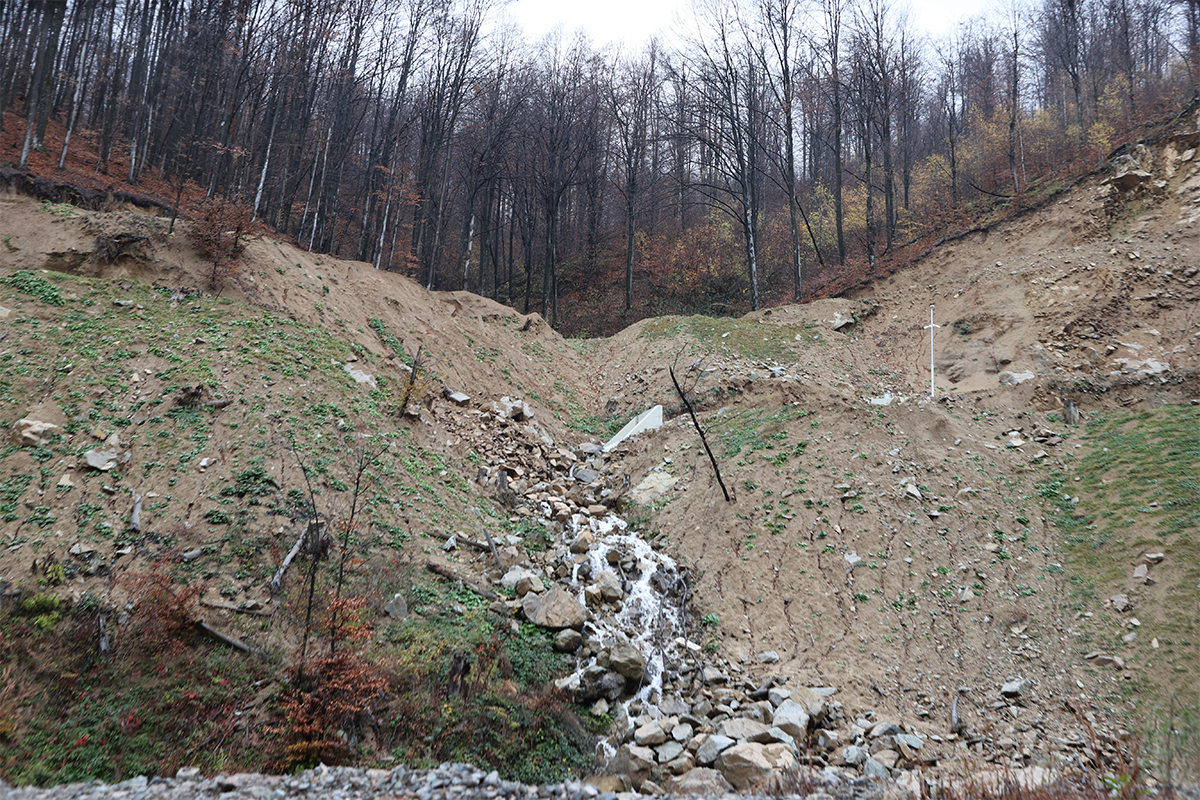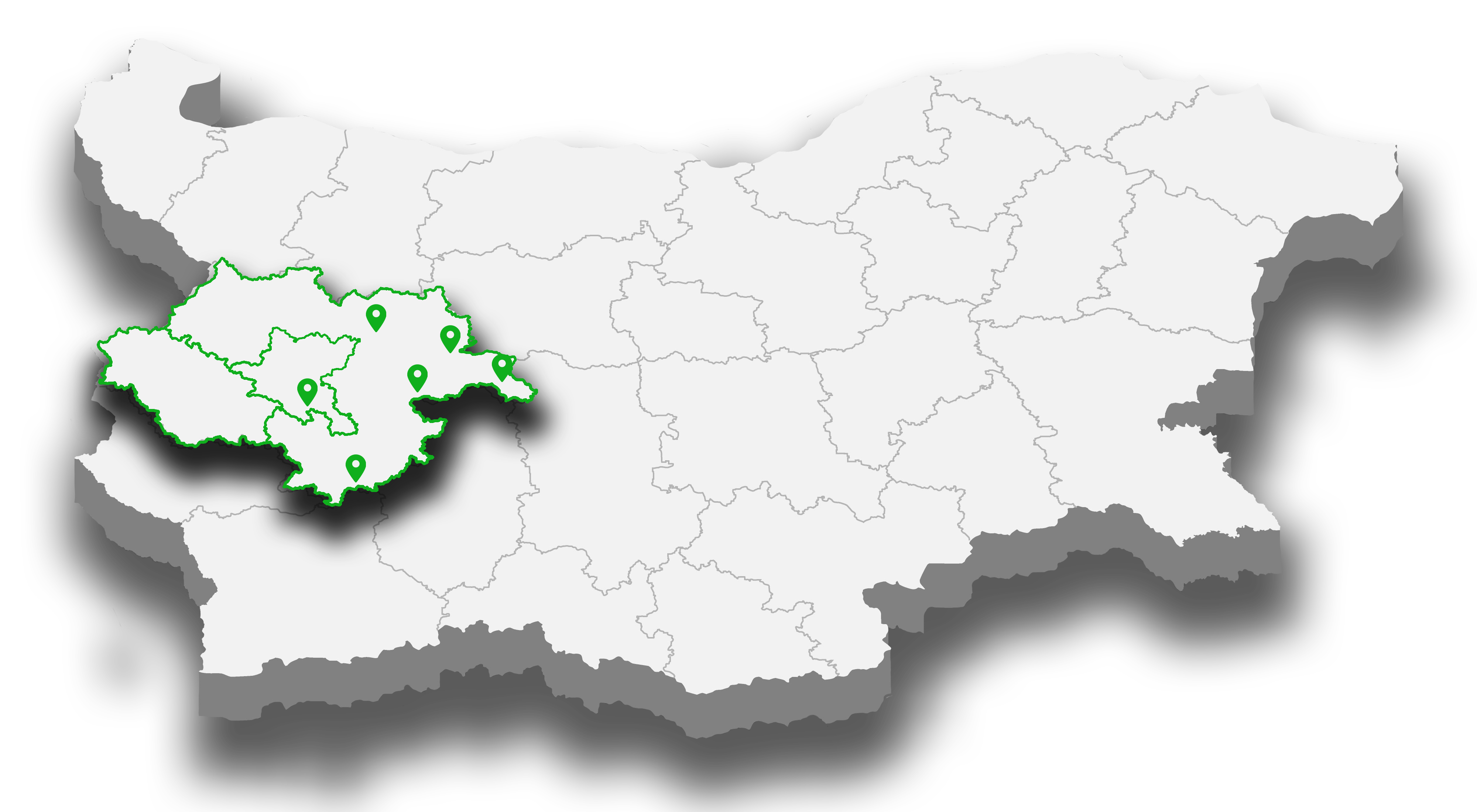




120 Etropole residents visited Ellatzite-Med’s wastewater treatment plants
More than 120 residents of Etropole Municipality took part in the Autumn Water Day initiative by visiting two wastewater treatment plants located on the site of Ellatzite Mine Complex. One of the facilities is newly built and has successfully completed its 72-hour trial period. The initiative marks the 50th anniversary of Ellatzite-Med and the company’s 25 years within GEOTECHMIN GROUP.
M.Eng. Vladimir Bilev, Deputy Production Director, and M.Eng. Mladen Nedkov, ICT Deputy Director, shared interesting facts from the company’s history over the past 50 years. Furthermore, the guests watched a jubilee film about Ellatzite-Med AD.
M.Eng. Stanimir Gergov, head of the separate production unit “Water Treatment Stations and Hydrotechnical Facilities”, and M.Eng. Kristiana Radkova, a technologist in “Water Treatment Stations” section, delivered a presentation on the water management facilities built at Ellatzite Mine Complex. The presentation covered the purpose of the water treatment facilities, the sources and types of wastewater, and the treatment processes applied.
There are three wastewater treatment plants at Ellatzite Mine. The first one was built in 2010, the second one in 2014 using a technology developed by the Japanese company Mitsubishi Materials Techno Corporation (MMTEC), and the third one has recently been completed, applying a cutting-edge technology of EnviroChemie, Germany. Having successfully passed its 72-hour trial period, the new plant is currently awaiting approval by the State Acceptance Commission before it can be officially put into operation.
The 120 guests first visited the wastewater treatment plant operating with MMTEC’s technology. The facility was designed and built to treat mine effluents and has a maximum treatment capacity of 80 l/s. ‘The treatment process consists of four stages: neutralization, sedimentation, sand filtration, and reneutralization. A unique advantage of this technology is the neutralization process through sludge circulation, which results in fine sludge with good filterability, increased density and reduced volume,’ explained M.Eng. Stanimir Gergov.
He also showed the guests the newest wastewater treatment plant applying an advanced technology of EnviroChemie, Germany. ‘Here, an innovative technological solution has been adopted that uses turbulent fluid flow to achieve convection between water and reagents. This modular treatment facility has a maximum capacity of 100 l/s,’ said M.Eng. Gergov. The technology uses a system of pipe flocculators through which the water passes and is treated with automatically dosed chemical reagents. The treated water then enters lamella separators for settling. The facility is fully automated and adaptable to evolving treatment requirements. The treated water flows into the River Negarshtitsa, a left tributary of the River Malak Iskar.
All visitors were able to see first-hand the clean water flowing into the river. The students from the dual education programme at Todor Peev Vocational High School said that there are trouts, barbels and chubs living in the river. Their fellow students from Hristo Yasenov Secondary School commented that substantial investments have been made and the positive results are visible to everyone.
‘I live in the village of Lopyan and came to see the wastewater treatment facilities at Ellatzite-Med. People see for themselves that clean waters flow from the mine into the rivers and there is no pollution,’ says Mrs Sonya Hristova.
‘There have been heavy rains recently. Will you be able to manage the waters under similar conditions in the future?’ asked local residents. ‘Our experience during periods of continuous rainfall shows that there are times when technology and human effort are not enough. However, we are doing everything possible to ensure the most effective water treatment and to cope with such events’ replied M.Eng. Gergov.
The new modular wastewater treatment facility can be upgraded to reach a capacity of 250 l/s.




